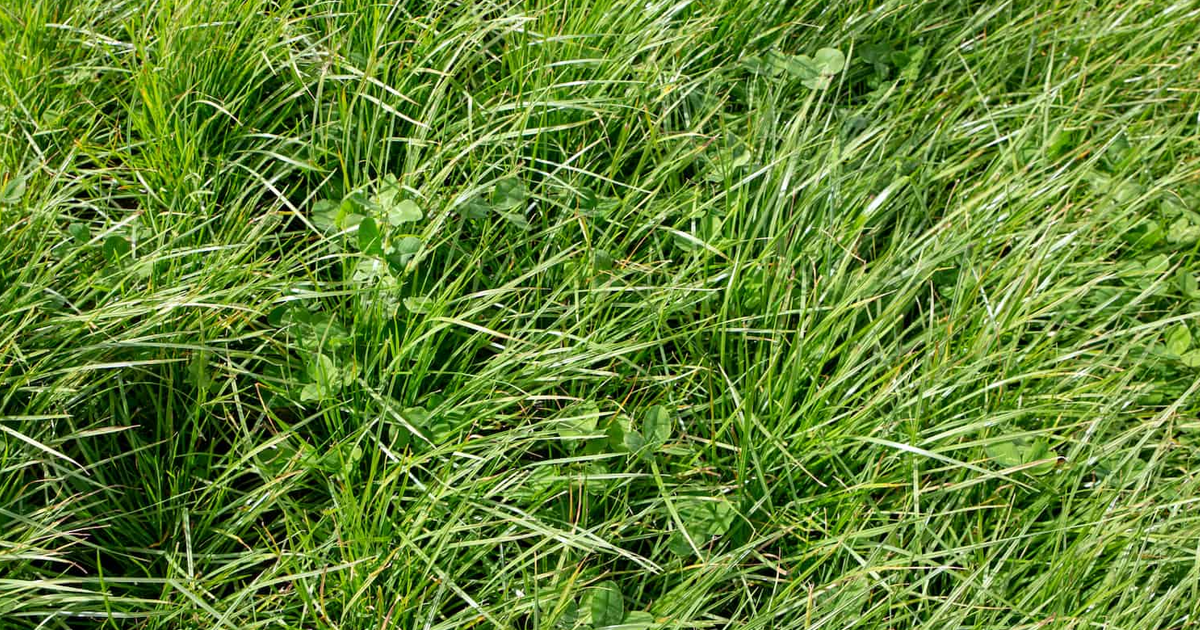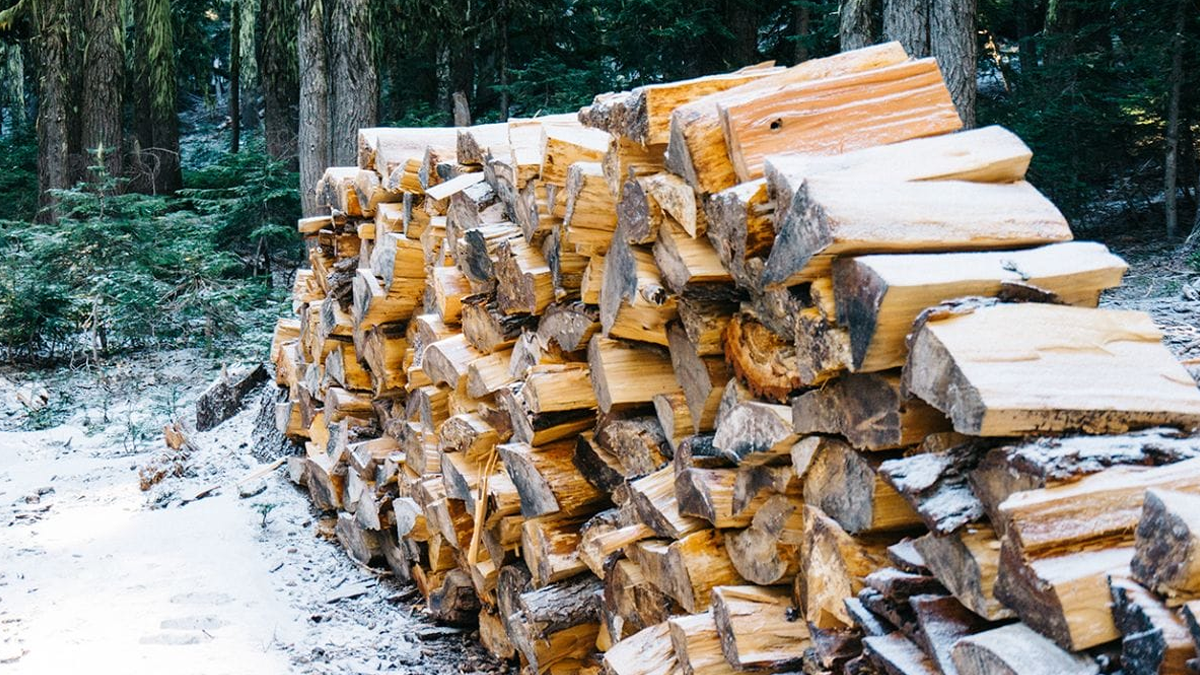
Lolium perenne, commonly known as perennial ryegrass, is one of the most versatile and resilient grass species used across all types of lawns, pastures, and athletic fields around the world. Lolium perenne is fast to establish; it has fine texture and a rich green color, so it gives better hopes in most applications for adaptable purposes and minimum maintenance work. This paper seeks to enlighten the reader about perennial ryegrass in regard to its use, care, benefits, and challenges.
Overview of the perennial ryegrass
Perennial ryegrass is a cool-season grass, as it does better in areas where the climate is temperate; it grows the most in spring and fall. Its native ranges include Europe, Asia, and North Africa. The plant was introduced to North America, where it quickly gained immense significance due to characteristics of hardiness and ability to grow under virtually any environment. The plant presents characteristics such as slender upright growth, fine leaf texture, and bright green color, ensuring beautified landscapes.
Unlike its relative, perennial ryegrass is long-lived when compared to annual ryegrass. It has the ability to adapt to many seasons, and because it is perennial, it has the ability to grow afresh from the same root stock at the beginning of every year, henceforth making this grass ideal for many land uses for the long term.
One of the major reasons that so much perennial ryegrass is used is the fact that it can perform its intended functions under most diversified uses. Some of its most common uses include:
1. Residential and Commercial Lawns
Some commonly experienced uses of perennial ryegrass are within residential and commercial lawns, for it is fine textured, a nice looking green color, and seedling growth is quite fast. When seeded, it will establish rapidly and give the turf a nice, rich green color very quickly, so it’s great for overseeding thin or damaged areas. It also establishes a very dense, uniform turf that’s not only aesthetically pleasing but also resists many weeds. Lastly, because perennial ryegrass can tolerate moderate foot traffic, it’s a good choice for family lawns, public parks, and other recreational areas.
2. Sports Fields and Golf Courses
Since perennial ryegrass establishes very quickly and is quite wear-tolerant, it is very useful for sports pitches, golf courses, and athletic complexes. The plant is able to cover injured or bare spots rapidly, thus promoting uniform playing surfaces that are resilient. Many golf courses use perennial ryegrass because it not only sports an attractive, smooth surface, but the lush growth is also able to carry continuous traffic on fairways as well as roughs and tee boxes. Its preferred use, besides the improved turf quality of rapidly establishing lawns and sods, also includes soccer, football, and other sports fields where a very vigorous growth habit and quick recoverability from wear and tear are required.
3. Pasture and Forage
Perennial ryegrass has far been recognized as a pasture and hay crop. It contains a high nutritional value, less fibrous, and is a readily acceptable source for grazing in livestock, including cattle, sheep, and horses, due to its fine and soft appearance, as well as high digestibility. It grows well in cooler climates and can be mixed with other forage species like clover or alfalfa to create a more diverse and nutritious pasture. Besides, it is very productive during the growing season; hence it is valuable in rotational grazing systems where fields are grazed in cycles to maintain grass health.
4. Control of Erosion
Perennial ryegrass, often utilized in erosion control work, establishes quickly and possesses a tight root structure. The plants help hold soil in place on slopes, riverbanks, construction sites, and other areas with potential for soil erosion. It achieves this by binding the soil with its roots and, therefore, escaping the topsoil runoff with rainwater. The roots hold the soil particles together, while the dense aboveground growth serves to decrease the impact of water and wind on exposed areas. This makes it the perfect option for rehabilitating disturbed land and protecting vulnerable landscapes.
How to Care for and Maintain Perennial Ryegrass
Perennial ryegrass is a low-maintenance crop. Nevertheless, simple care will help ensure the crop is healthy and continues to perform for a long time. Here are some of the important practices in the care of perennial ryegrass:
1. Establishment and Planting
This is best done during early spring or fall when the temperatures are cool and the soil is moist. These conditions encourage quick germination and establishment. The soil should first be tilled and then cleared of weeds, rocks, or any other debris. Native grass seedlings may benefit from better soil structure and additional nutrients provided by organic matter or compost. The seed should be sown evenly over the prepared soil, then raked into it lightly for good seed-to-soil contact. This process should be followed by frequent irrigation in order to keep the soil moist but not soggy until the seed has germinated and the grass is established.
Under ideal conditions, this seed will germinate within 7 to 10 days. Once it is firmly established, it will provide a dense, green mat that resists moderate foot traffic and most environmental stresses.
2. Watering
Perennial ryegrass features only medium requirement for water; it has to be continuously moist during the establishment period. When fully established, the grass tolerates short drought periods but should be best watered regularly. In hot spells, watering takes place early in the morning or late in the evening to reduce the big losses that come with evaporation. Deep but infrequent watering should be practised to help in the development of strong roots so that the grass can be well-supported during short rainfalls.
3. Mowing
This is another important aspect when it comes to taking care of perennial ryegrass. To keep your lawn healthy and nice in appearance, it should be frequently mowed to a height of approximately 2-3 inches. Mowing too low will weaken the grass because it can then be easily infested by pests, diseases, and other forms of biotic and abiotic stress. In addition to that, the rate of mowing helps in weed control and in encouraging the grass to grow thicker. However, during drought or dry spells or hot periods, it is optimal to raise the height so that the level of grass stress is minimal.
4. Fertilization
Frequent fertilization is necessary for perennial ryegrass for maintaining a dense, rich growth and an intensely green color. A balanced fertilizer supplied in the spring and fall will provide the turf with the necessary elements for maximum development. Nitrogen is the most important element to any perennial ryegrass. It stimulates good growth and keeps the color of turf dark green. Slow-release nitrogen sources allow for long, continuous feeding. This might lead to overgrowth and more vulnerability to disease. Therefore, over application of the fertilizer should be avoided.
5. Weed and Pest Control
Even though perennial ryegrass is naturally dense and can choke out the majority of weeds with ease, some weed control may be necessary. Pre-emergent herbicides should be put on in the springtime to prevent annual weeds from germinating. If the weeds grow, they can be treated with postemergence herbicides or just pulled out by hand.
Perennial ryegrass is somewhat resistant to pests, but it can become infested with many of the common lawn pests, including grubs, chinch bugs, and sod webworms. The trick to minimize damage is regular monitoring and timely action. In some severe cases, insecticides may be necessary for control, but it is always best to follow label directions and use environmentally benign products whenever possible.
Although perennial ryegrass is a very hardy and opportunistic grass species, it does come with a few problems. Perhaps the most important of these is its moderate tolerance to higher temperatures and lower rainfall. In areas with a hot summer, irrigation would be required often to support a dense stand of perennial ryegrass. It also tends to be more susceptible to diseases like brown patch and Pythium blight during times of high humidity with warm temperatures.
Another possible disadvantage is that it grows very quickly. This characteristic is one of the positive attributes of perennial ryegrass in terms of the ease of quick establishment, but perennial ryegrass may require mowing and maintenance more frequently than some other grass species.
Conclusion
Perennial ryegrass is one of the most amazingly versatile grass species due to its rapid growth and appearance in lawns, and has shown significance in its use for sports areas, pastures, and erosion control projects. This cool-season grass is favored in many resowing, particularly cold-temperature areas, for its versatility, resiliency, and ability to endure low care. Perennial ryegrass will grow up thickly and greenly, providing times of coverage with a properly planted, watered, mowed, and fertilized stand. Nevertheless, gardeners and land managers should know the limitations of this grass-mainly in the very hot or dry regions-and adjust their care strategies appropriately.






